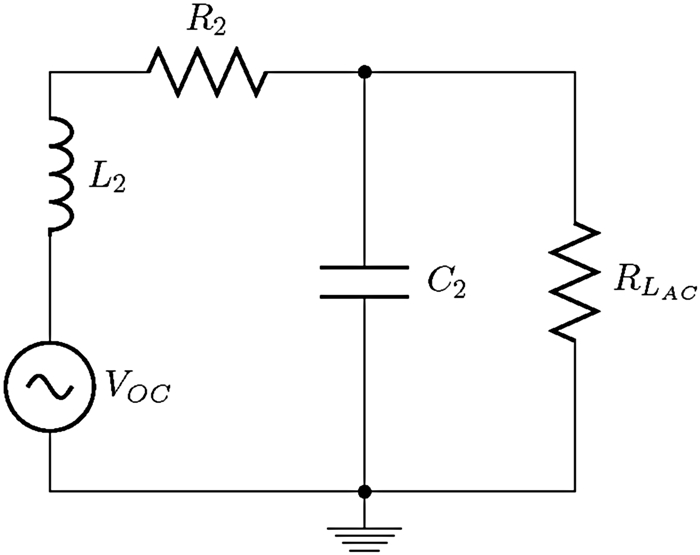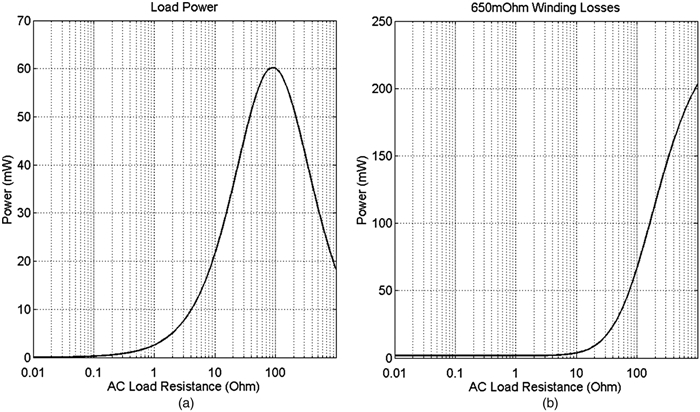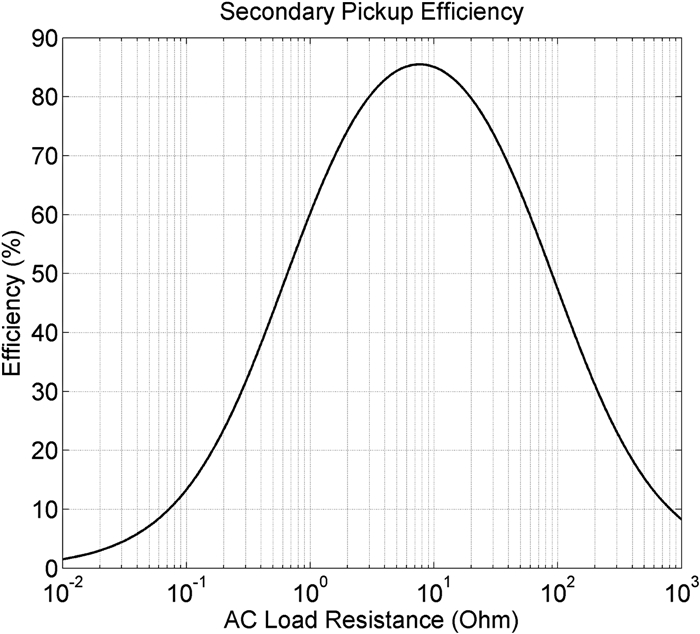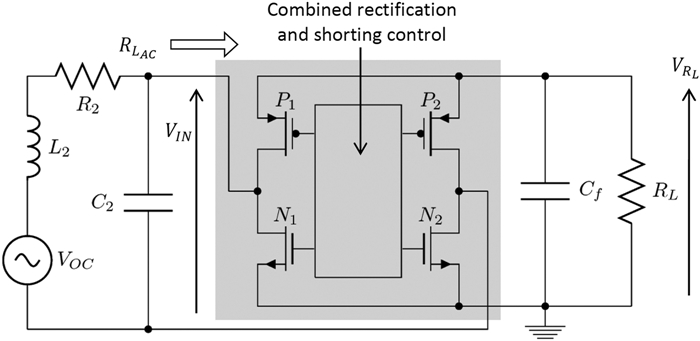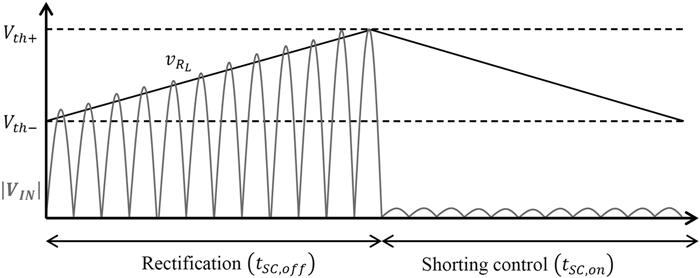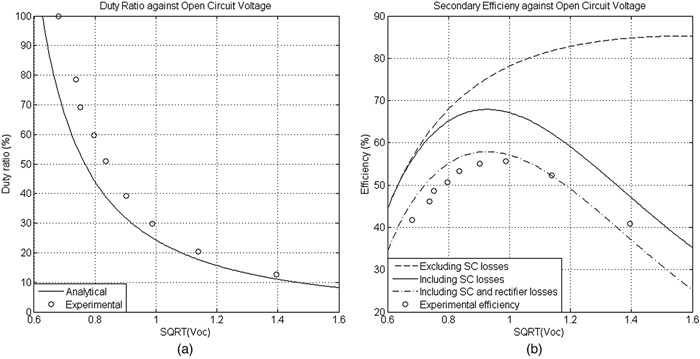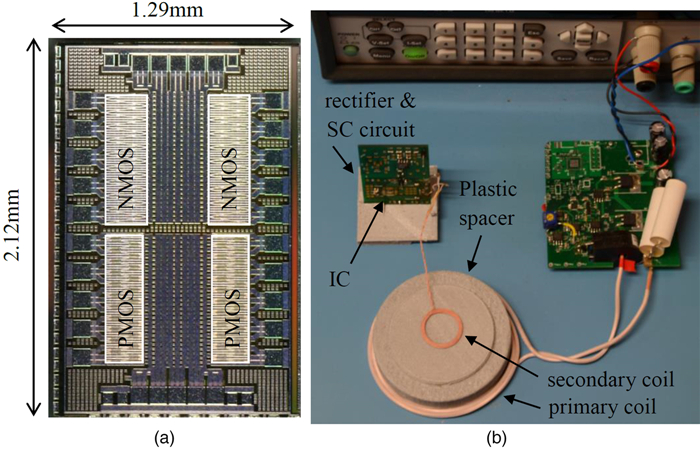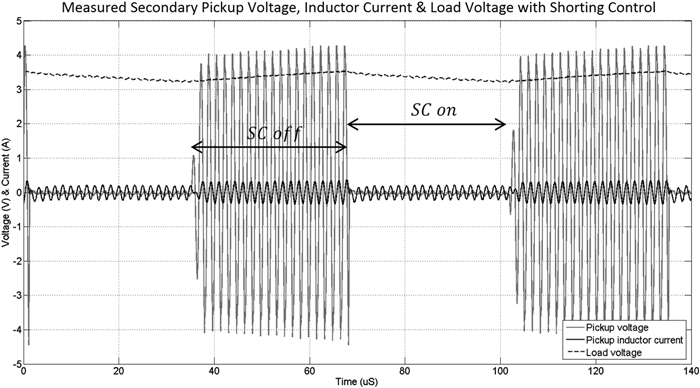Improved wireless power pickup efficiency using CMOS synchronous rectifier with embedded shorting control
-
1.
Auckland Bioengineering Institute, The University of Auckland, Auckland 1142, New Zealand
-
2.
Department of Electrical and Computer Engineering, The University of Auckland, Auckland 1142, New Zealand
More Information
-
Author Bio:
 Robert Gallichan
Robert Gallichan graduated with a B.E. (Hons.) degree in Electrical and Electronic Engineering from The University of Auckland, Auckland, New Zealand, in 2013. He is currently pursuing a Ph.D. with the Auckland Bioengineering Institute. His current research interests include combining inductive power transfer and integrated circuits to improve active implantable devices.
 Ho Yan (Alex) Leung
Ho Yan (Alex) Leung graduated from the University of Auckland with a Bachelor of Engineering in Electrical and Electronic Engineering in 2009. He commenced a Ph.D. in Biomedical Engineering at the Auckland Bioengineering Institute in 2010 under the supervision of Associate Professors David Budgett and Patrick Hu. His Ph.D. project focused on the energy management and optimisation of Transcutaneous Energy Transfer (TET) systems for implantable heart pumps. Following the completion of his thesis at the end of 2013, Alex joined the ABI staff as a Research Fellow, developing systems to power implantable devices.
 David M. Budgett
David M. Budgett (M'09) received the Ph.D. degree in biomedical engineering from Imperial College London, London, UK., in 1995. He has held academic positions with the University of Sussex, Brighton, UK., and The University of Auckland, Auckland, New Zealand. He is currently an Associate Professor with the Auckland Bioengineering Institute, University of Auckland, where he leads a team developing implantable telemetry devices. His current research interests include medical devices.
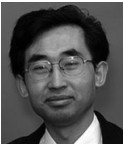 Aiguo Patrick Hu
Aiguo Patrick Hu (M'01–SM'07) received the B.E. and M.E. degrees from Xi'an Jiaotong University, Xi'an, China, in 1985 and 1988, respectively, and the Ph.D. degree from The University of Auckland, Auckland, New Zealand, in 2001. He served as a Lecturer, the Director of the China Italy Cooperative Technical Training Center, Xi'an, and the General Manager of a technical development company. He stayed with the National University of Singapore, Singapore, for a semester as an Exchange Post-Doctoral Research Fellow funded by the Asian2000 Foundation. He is currently with the Department of Electrical and Computer Engineering, University of Auckland. He is also the Head of Research with PowerbyProxi Ltd., Auckland. He has published over 200 peer-reviewed journal and conference papers, authored a monograph in wireless inductive power transfer technology, and contributed four book chapters. He holds 15 patents in wireless/contactless power transfer and microcomputer control technologies. His current research interests include wireless/contactless power transfer systems and application of power electronics in renewable energy systems.
 Daniel McCormick
Daniel McCormick (M'07) received the B.S. degree in Physics and Electronic Engineering and the M.Sc. degree in Electrical Engineering from the University of Waikato, Hamilton, New Zealand, and the Ph.D. degree in Biomedical Engineering from The University of Auckland, Auckland, New Zealand, in 2011. He has been a Research Fellow with the Auckland Bioengineering Institute, University of Auckland, and a Senior Engineer with Millar, Houston, TX, USA
-
Corresponding author:
R. Gallichan Email: rgal042@aucklanduni.ac.nz
-
Abstract
In this work, a shorting control (SC) scheme is integrated into a complementary metal-oxide-semiconductor (CMOS) synchronous rectifier for the output voltage regulation of a wireless power supply. The rectifier is designed to operate in a parallel tuned pickup with a 500 mW output power capability for biomedical implants. Without any additional components, the proposed SC method enables the power pickup to operate with high efficiency under variable coupling conditions while maintaining the required load power to keep the output voltage constant. Desired operating conditions are achieved with increased power transfer capability at weak magnetic coupling conditions and higher power efficiency at strong coupling. A novel derivation describes the change in efficiency with SC duty ratio. Experimental validation is completed with an original custom CMOS integrated rectifier with embedded SC. It is demonstrated that the proposed SC method can increase the overall secondary pickup power transfer efficiency by 14% as the magnetic coupling increases to the stronger end.
-
About this article
Cite this article
Gallichan R, Leung HY, Budgett DM, Hu AP, McCormick D. 2017. Improved wireless power pickup efficiency using CMOS synchronous rectifier with embedded shorting control. Wireless Power Transfer 4(1): 61-68 doi: 10.1017/wpt.2017.2
|
Gallichan R, Leung HY, Budgett DM, Hu AP, McCormick D. 2017. Improved wireless power pickup efficiency using CMOS synchronous rectifier with embedded shorting control. Wireless Power Transfer 4(1): 61-68 doi: 10.1017/wpt.2017.2
|



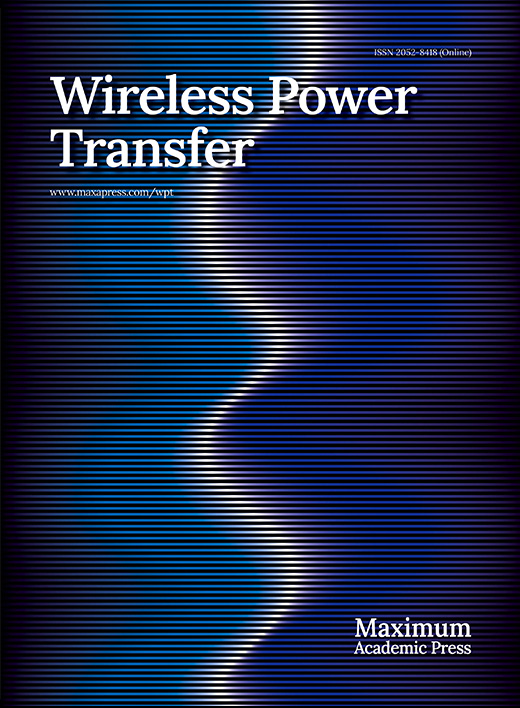






 Robert Gallichan graduated with a B.E. (Hons.) degree in Electrical and Electronic Engineering from The University of Auckland, Auckland, New Zealand, in 2013. He is currently pursuing a Ph.D. with the Auckland Bioengineering Institute. His current research interests include combining inductive power transfer and integrated circuits to improve active implantable devices.
Robert Gallichan graduated with a B.E. (Hons.) degree in Electrical and Electronic Engineering from The University of Auckland, Auckland, New Zealand, in 2013. He is currently pursuing a Ph.D. with the Auckland Bioengineering Institute. His current research interests include combining inductive power transfer and integrated circuits to improve active implantable devices.  Ho Yan (Alex) Leung graduated from the University of Auckland with a Bachelor of Engineering in Electrical and Electronic Engineering in 2009. He commenced a Ph.D. in Biomedical Engineering at the Auckland Bioengineering Institute in 2010 under the supervision of Associate Professors David Budgett and Patrick Hu. His Ph.D. project focused on the energy management and optimisation of Transcutaneous Energy Transfer (TET) systems for implantable heart pumps. Following the completion of his thesis at the end of 2013, Alex joined the ABI staff as a Research Fellow, developing systems to power implantable devices.
Ho Yan (Alex) Leung graduated from the University of Auckland with a Bachelor of Engineering in Electrical and Electronic Engineering in 2009. He commenced a Ph.D. in Biomedical Engineering at the Auckland Bioengineering Institute in 2010 under the supervision of Associate Professors David Budgett and Patrick Hu. His Ph.D. project focused on the energy management and optimisation of Transcutaneous Energy Transfer (TET) systems for implantable heart pumps. Following the completion of his thesis at the end of 2013, Alex joined the ABI staff as a Research Fellow, developing systems to power implantable devices.  David M. Budgett (M'09) received the Ph.D. degree in biomedical engineering from Imperial College London, London, UK., in 1995. He has held academic positions with the University of Sussex, Brighton, UK., and The University of Auckland, Auckland, New Zealand. He is currently an Associate Professor with the Auckland Bioengineering Institute, University of Auckland, where he leads a team developing implantable telemetry devices. His current research interests include medical devices.
David M. Budgett (M'09) received the Ph.D. degree in biomedical engineering from Imperial College London, London, UK., in 1995. He has held academic positions with the University of Sussex, Brighton, UK., and The University of Auckland, Auckland, New Zealand. He is currently an Associate Professor with the Auckland Bioengineering Institute, University of Auckland, where he leads a team developing implantable telemetry devices. His current research interests include medical devices.  Aiguo Patrick Hu (M'01–SM'07) received the B.E. and M.E. degrees from Xi'an Jiaotong University, Xi'an, China, in 1985 and 1988, respectively, and the Ph.D. degree from The University of Auckland, Auckland, New Zealand, in 2001. He served as a Lecturer, the Director of the China Italy Cooperative Technical Training Center, Xi'an, and the General Manager of a technical development company. He stayed with the National University of Singapore, Singapore, for a semester as an Exchange Post-Doctoral Research Fellow funded by the Asian2000 Foundation. He is currently with the Department of Electrical and Computer Engineering, University of Auckland. He is also the Head of Research with PowerbyProxi Ltd., Auckland. He has published over 200 peer-reviewed journal and conference papers, authored a monograph in wireless inductive power transfer technology, and contributed four book chapters. He holds 15 patents in wireless/contactless power transfer and microcomputer control technologies. His current research interests include wireless/contactless power transfer systems and application of power electronics in renewable energy systems.
Aiguo Patrick Hu (M'01–SM'07) received the B.E. and M.E. degrees from Xi'an Jiaotong University, Xi'an, China, in 1985 and 1988, respectively, and the Ph.D. degree from The University of Auckland, Auckland, New Zealand, in 2001. He served as a Lecturer, the Director of the China Italy Cooperative Technical Training Center, Xi'an, and the General Manager of a technical development company. He stayed with the National University of Singapore, Singapore, for a semester as an Exchange Post-Doctoral Research Fellow funded by the Asian2000 Foundation. He is currently with the Department of Electrical and Computer Engineering, University of Auckland. He is also the Head of Research with PowerbyProxi Ltd., Auckland. He has published over 200 peer-reviewed journal and conference papers, authored a monograph in wireless inductive power transfer technology, and contributed four book chapters. He holds 15 patents in wireless/contactless power transfer and microcomputer control technologies. His current research interests include wireless/contactless power transfer systems and application of power electronics in renewable energy systems.  Daniel McCormick (M'07) received the B.S. degree in Physics and Electronic Engineering and the M.Sc. degree in Electrical Engineering from the University of Waikato, Hamilton, New Zealand, and the Ph.D. degree in Biomedical Engineering from The University of Auckland, Auckland, New Zealand, in 2011. He has been a Research Fellow with the Auckland Bioengineering Institute, University of Auckland, and a Senior Engineer with Millar, Houston, TX, USA
Daniel McCormick (M'07) received the B.S. degree in Physics and Electronic Engineering and the M.Sc. degree in Electrical Engineering from the University of Waikato, Hamilton, New Zealand, and the Ph.D. degree in Biomedical Engineering from The University of Auckland, Auckland, New Zealand, in 2011. He has been a Research Fellow with the Auckland Bioengineering Institute, University of Auckland, and a Senior Engineer with Millar, Houston, TX, USA 


